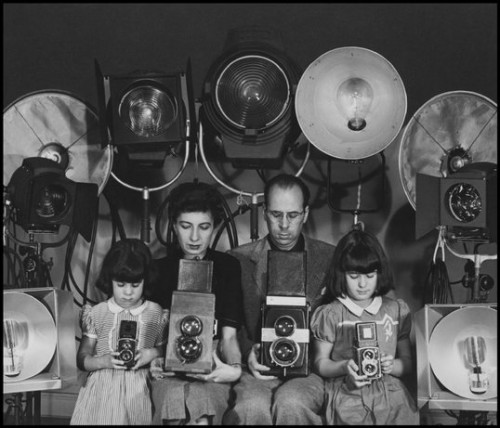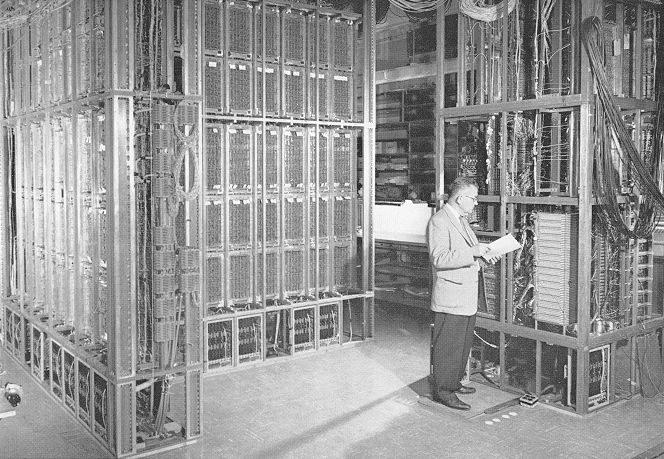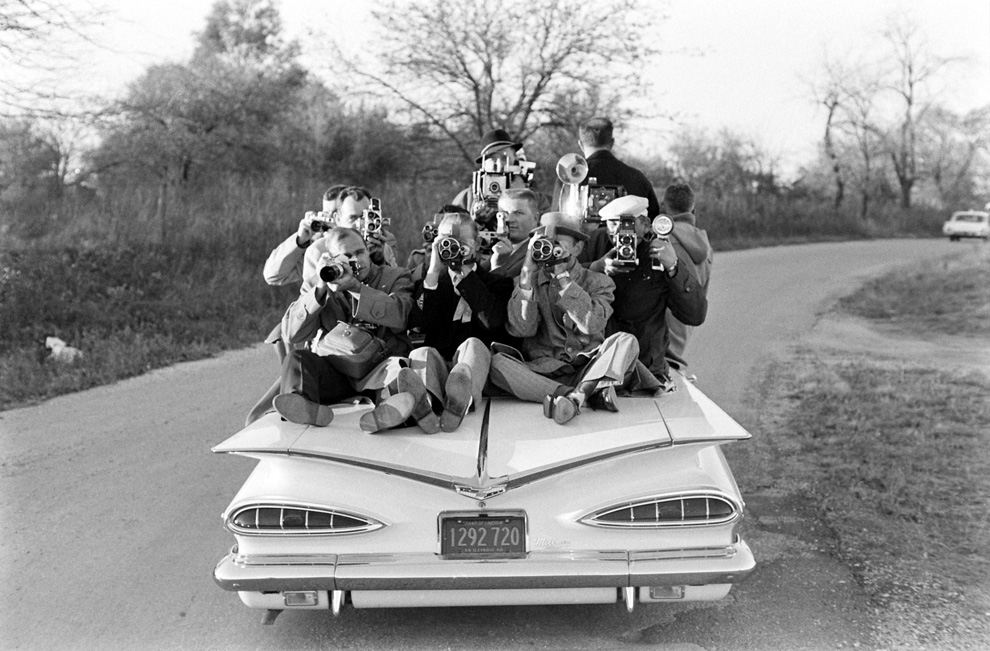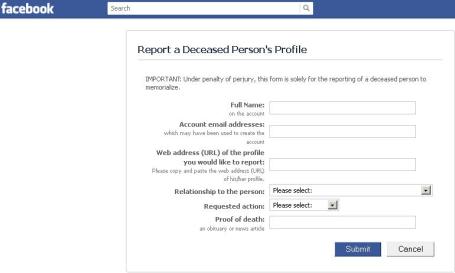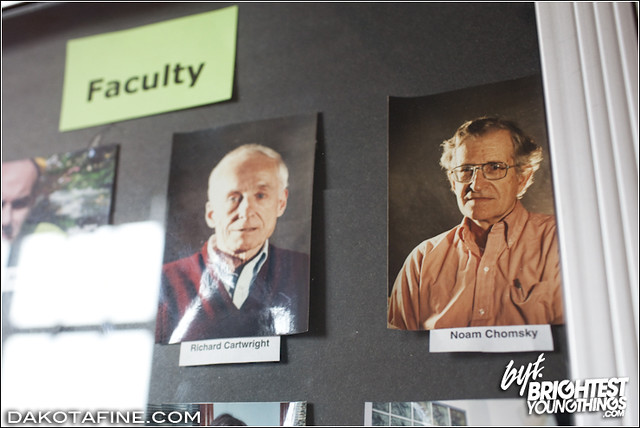I wanted the photo above to be an example of the new so-called “living pictures” that have garnered much recent attention. However, Lytro has not provided proper embedding code so I can only post this screenshot of a living photo. I highly recommend clicking on the photo or clicking here before reading along.
Update: the code now works, so before reading on, click the photo above. Click around various parts of the image and watch the focus change.
Okay, by now you have experienced a living photo. You see it, but you can also make it come alive; touch it, change the focus, reorient what is seen and focused on. Some might even argue that you get to decide the meaning of the story the image tells. This post asks: what would it mean if we start posting living pictures across social media? Might it change how we take photos? How might we differently interact with social media photography when we can manipulate the faces of our friends and engage with the images in a new way?
It has been my contention that photography can teach us quite a bit about social media. Not just because there are so many photos online but because photography serves as a familiar and grounding reference point to the newness of social media. Photography situates the novel and sometimes disorienting ways we are documenting ourselves online with a technology that did the same offline more than a century ago.
I have written about Susan Sontag’s description of photographers being always at once poets and scribes when taking photos to describe how we create our social media profiles in a similar way. I have used the concept of the “camera eye” photographers develop to discuss how social media has imbued us with a similar “documentary vision.” I also described how the explosion of faux-vintage photos taken with Hipstamatic and Instagram serve as a powerful example of how social media has trained us to be nostalgic for the present in a grasp at authenticity.
Here, I want to discuss what many are calling “revolutionary” and the next “big thing” in photography: the so-called living pictures linked to above developed by the Lytro company that have just entered the consumer market with cameras shipping early next year.
Lytro “Living Picture” Technology
This is not an essay so much about the technology but instead the implications of more...


